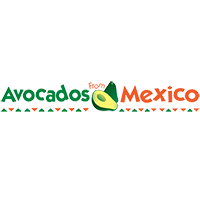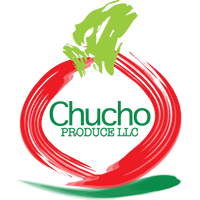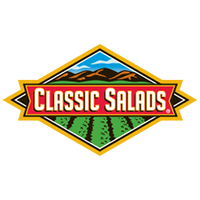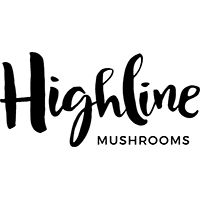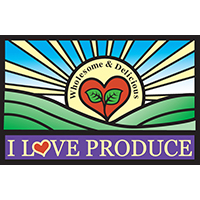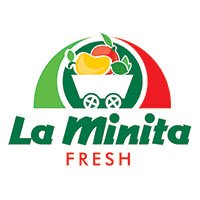How to Find Us?
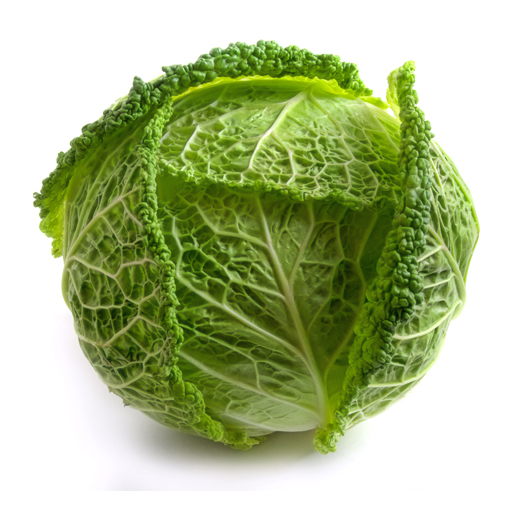
Savoy cabbage
Savoy cabbage is a variety of the plant species Brassica oleracea. Savoy cabbage is a winter vegetable. Savoy cabbage can be used in a variety of recipes. It pairs well with red wine, apples, spices, horseradish and meat.
Cabbage that is heavy for its size with leaves that are unblemished and have a bright, fresh look are signs of desirable quality. Whole cabbages are preferred whenever possible as pre-cut or preshredded cabbage has a greatly diminished vitamin content. Peak season for most cabbages runs from November through April.
Cabbage, savoy, raw
Nutritional value per 100 g (3.5 oz)
Energy 113 kJ (27 kcal)
Carbohydrates
6.1 g
Sugars 2.27 g
Dietary fiber 3.1 g
Fat
0.1 g
Protein
2 g
Vitamins
Vitamin A equiv.
beta-carotene
lutein zeaxanthin
(6%) 50 μg
(6%) 600 μg
77 μg
Thiamine (B1) (6%) 0.07 mg
Riboflavin (B2) (3%) 0.03 mg
Niacin (B3) (2%) 0.3 mg
Pantothenic acid (B5)
(4%) 0.187 mg
Vitamin B6 (15%) 0.19 mg
Folate (B9) (20%) 80 μg
Choline (3%) 12.3 mg
Vitamin C (37%) 31 mg
Vitamin E (1%) 0.17 mg
Vitamin K (66%) 68.8 μg
Trace metals
Calcium (4%) 35 mg
Iron (3%) 0.4 mg
Magnesium (8%) 28 mg
Manganese (9%) 0.18 mg
Phosphorus (6%) 42 mg
Potassium (5%) 230 mg
Zinc (3%) 0.27 mg
Units
μg = micrograms • mg = milligrams
IU = International units
Percentages are roughly approximated using US recommendations for adults.
SOURCE: USDA NUTRIENT DATABASE



